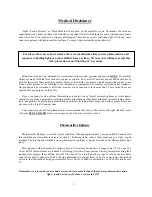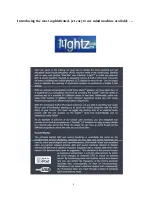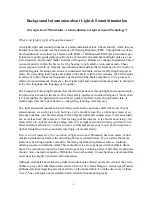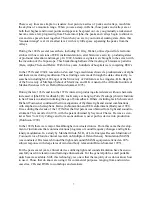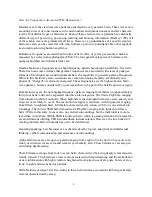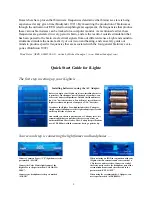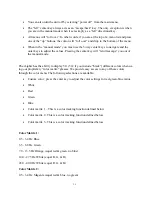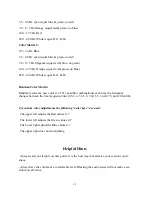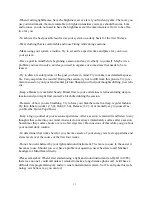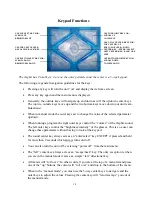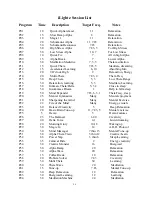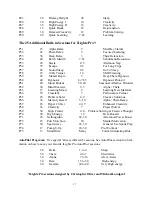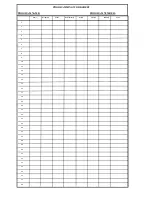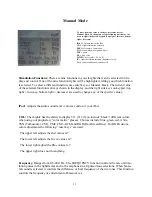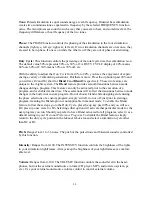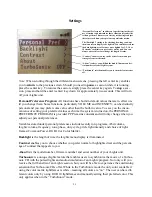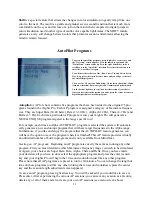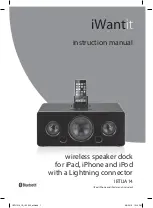
7
These wavy lines are simple to visualize. Just picture a series of peaks and valleys, much like
the skyline of a mountain range. When you are asleep, in Delta, those peaks and valleys are at
both their highest and lowest points and appear to be spread out. As you gradually awaken and
become more alert, progressing from Theta into Alpha, the peaks and valleys begin to shrink in
size and are spaced closer together. Then when you are in your normal waking state, Beta, this
"mountain range" is at it's smallest level, with very little space separating the peaks from the
valleys.
During the 1940's several researchers, including W. Gray Walter, utilized powerful electronic
strobes with new versions of EEG instrumentation to alter brainwave activity, producing states
of profound relaxation and imagery. In 1949, brainwave signals were brought to the screen with
the invention of the Tuposcope. This breakthrough allowed the tracking of brainwave patterns
(Beta, Alpha, Theta and Delta). Within five years, hundreds of hospitals were compiling EEG's.
In the 1950's and 1960's, research on Zen and Yoga meditators showed a predominance of alpha
and theta waves during meditation. These findings were made through the data collected by re-
searchers including M.A. Wanger of the University of California at Los Angeles; B.K. Bagchi
of the University of Michigan School of Medicine; and B.K. Anand of the All India Institute of
Medical Sciences in New Delhi (Ditson-Sommer 1995).
During the late 1960's and into the 1970's interest in producing altered states without chemicals
increased. Alpha EEG feedback by Dr. Joe Kamiya at Langley-Porter Neuropsychiatric Institute
in San Francisco aided in initiating the age of biofeedback. Others, including Jack Schwarz and
Richard Townsend, continued their investigations of rhythmic light and sound combinations,
with emphasis on hemispheric brain synchronization and EEG entrainment (Budzynski 1991).
It was during the decade of the 1970's that the first patent was obtained for a light and sound in-
strument. This occurred in 1974, with the patent obtained by Seymour Charas. He was a scien-
tist at New York City College and for reasons unknown, never put his device into production
(Hutchison 1990).
In the 1980's there were major breakthroughs in microelectronics. From this came the develop-
ment of instruments that contained various programs of sound frequency changes and light in-
tensity modulation. In a study by Marchal Gilula, M.D., of Life Energies Research Institute of
Coconut Grove, Florida, clinical research on Multiple Afferent Sensory Stimulation (MASS)
was conducted. His research found that light and sound (MASS) equipment elicited an 80%
subject response with deep states of mind and body relaxation (Ditson-Sommer 1995).
For the past several years, clinical devices utilizing light and sound stimulation have been suc-
cessfully used in relaxation and learning enhancement. For the general public, small portable
units became available. Still, this technology is so new that the majority of us do not know how
to use it. Those that do know are using it for commercial purposes, ranging from audio/video
cassettes, CDs and DVDs to workshops and seminars.


